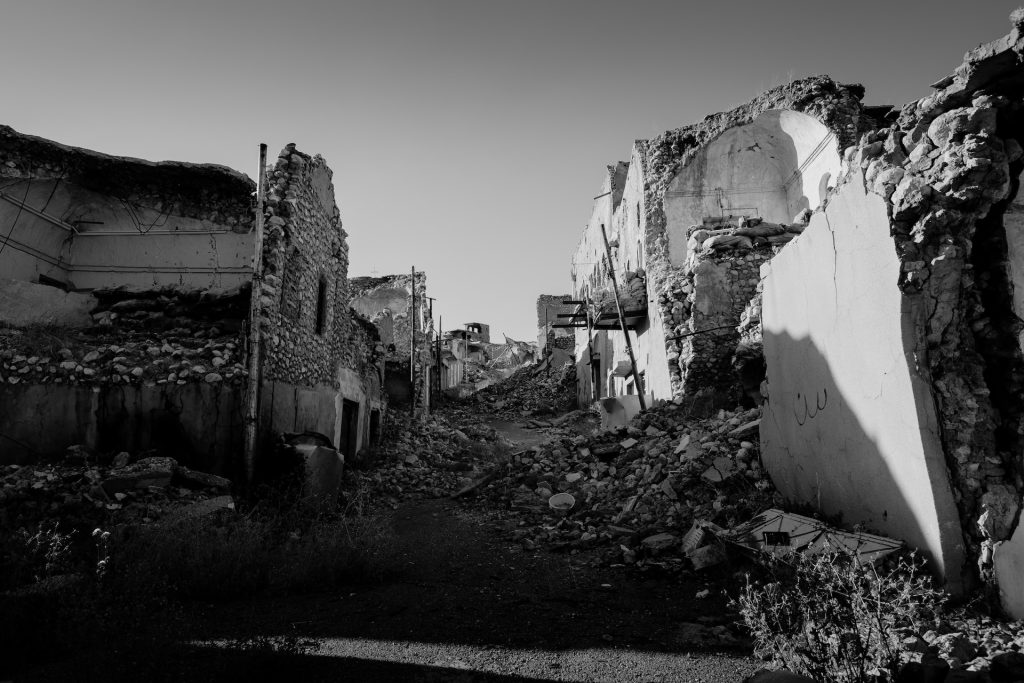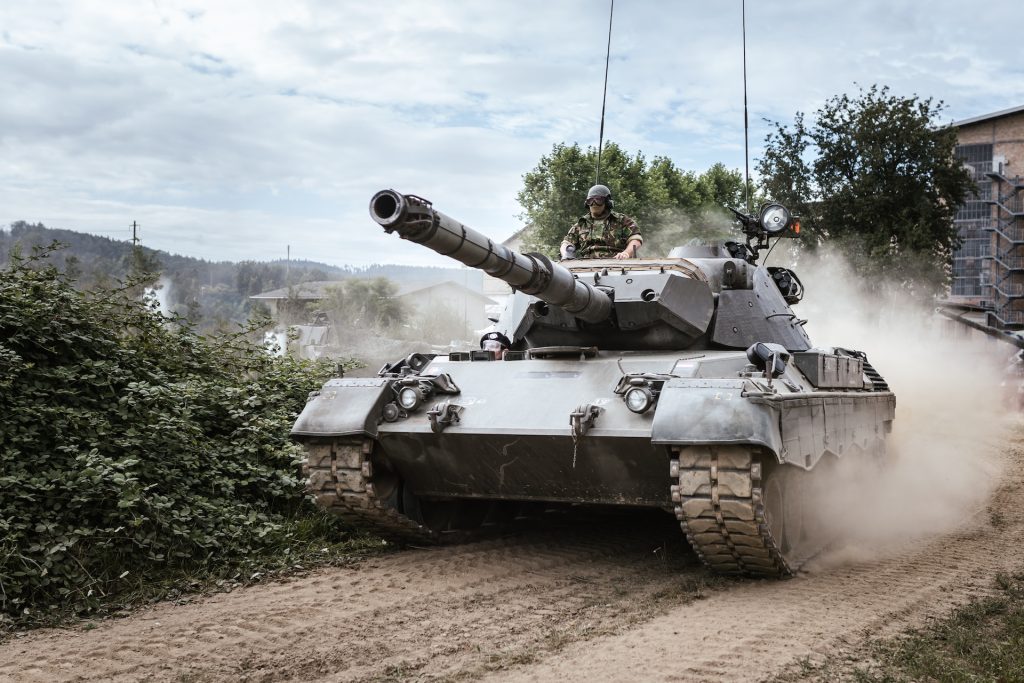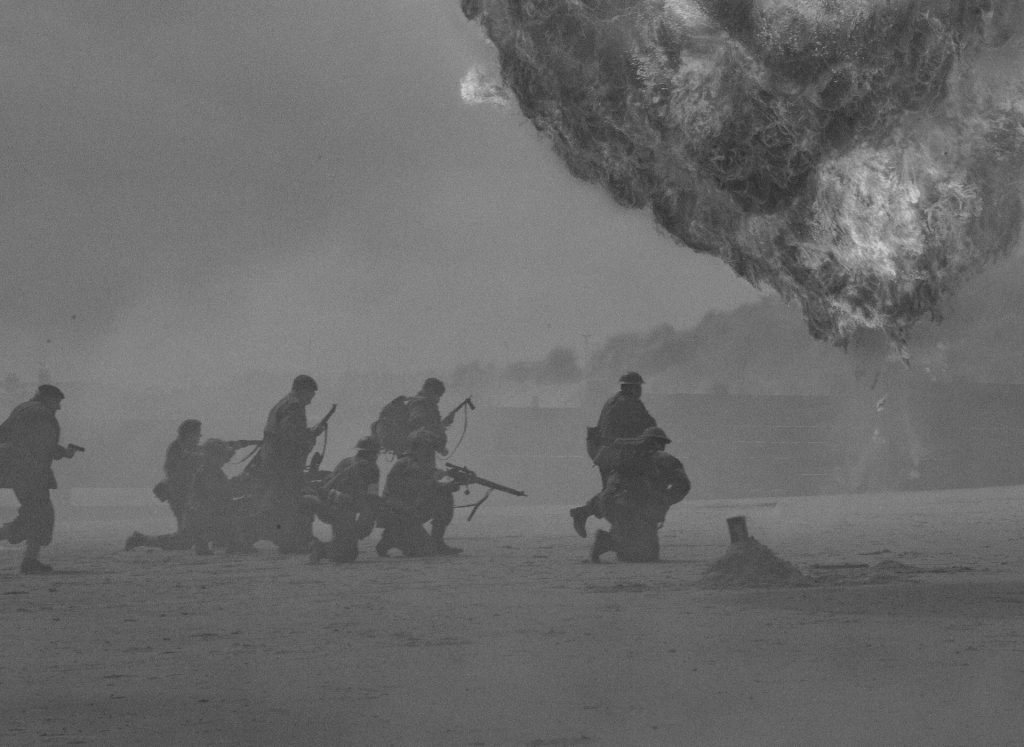War, a haunting echo through the corridors of time, has sculpted the course of human history. As we stand on the precipice of understanding, let’s delve into the intricate tapestry of conflicts – why they happen, the monumental wars etched into history, the transformative aftermath, and the staggering stakes involved.

The Genesis of Conflict
The origins of war are as varied as the civilizations that have witnessed its brutal embrace. Wars erupt due to a complex interplay of factors – territorial disputes, ideological clashes, resource scarcity, or the lust for power. It’s a tragic symphony where the cacophony of grievances, ambitions, and ideologies crescendos into armed conflict.
The Magnum Opus: World War II
If history were a grand theater, World War II would be its monumental production. A cataclysmic clash of ideologies and nations, it unfolded with unprecedented scale and devastation. The Axis and Allies engaged in a global dance of destruction, leaving scars on landscapes and souls. The Holocaust, atomic bombings, and the birth of the United Nations marked the indelible chapters of this colossal tragedy.

The Aftermath
As the dust settles after the thunderous roar of war, a profound transformation takes place. Societies bear the scars of conflict, but amid the ruins, seeds of change are sown. World War II birthed a new world order, with the rise of superpowers, the Cold War, and the dawn of the nuclear age. The Marshall Plan aimed to rebuild war-ravaged Europe, showcasing that from the ashes of destruction, the phoenix of reconstruction can emerge.
Economic Turmoil and Societal Shifts
War is an economic juggernaut that alters the financial landscape. Industries boom to meet the demands of conflict, but the post-war era often witnesses economic challenges. However, this adversity breeds innovation and resilience. In the aftermath of World War II, the world witnessed an economic resurgence, propelling nations into an era of technological advancements and global interconnectedness.
Lives Lost and Changed Forever
At the heart of every war is the profound human cost. Lives lost, families shattered, and individuals forever scarred by the trauma of conflict. The impact on mental health, the displacement of communities, and the irrevocable changes to the fabric of societies leave an indelible mark. The post-war period sees efforts to heal these wounds, with initiatives like the Geneva Conventions aiming to protect the rights of those affected by conflict.
Wars in the Contemporary Era
In the contemporary era, wars have taken on new dimensions – from the guerrilla warfare of Vietnam to the asymmetrical conflicts of the Middle East. The stakes involve not only territorial integrity but also the delicate balance of global power, economic interests, and ideological supremacy. The intricate dance of diplomacy and conflict resolution plays out on a world stage that is both interconnected and unpredictable.

As we navigate the annals of human conflict, the lessons gleaned from the battlefield are poignant and profound. Wars are a testament to the darkest depths of human nature but also to our resilience and capacity for change. The stakes are high, and the consequences are far-reaching, urging us to pursue diplomacy, understanding, and a shared commitment to a world where the symphony of conflict is replaced by the harmony of coexistence. In the grand narrative of history, let us strive to compose a future where the echoes of war are drowned out by the chorus of peace.





